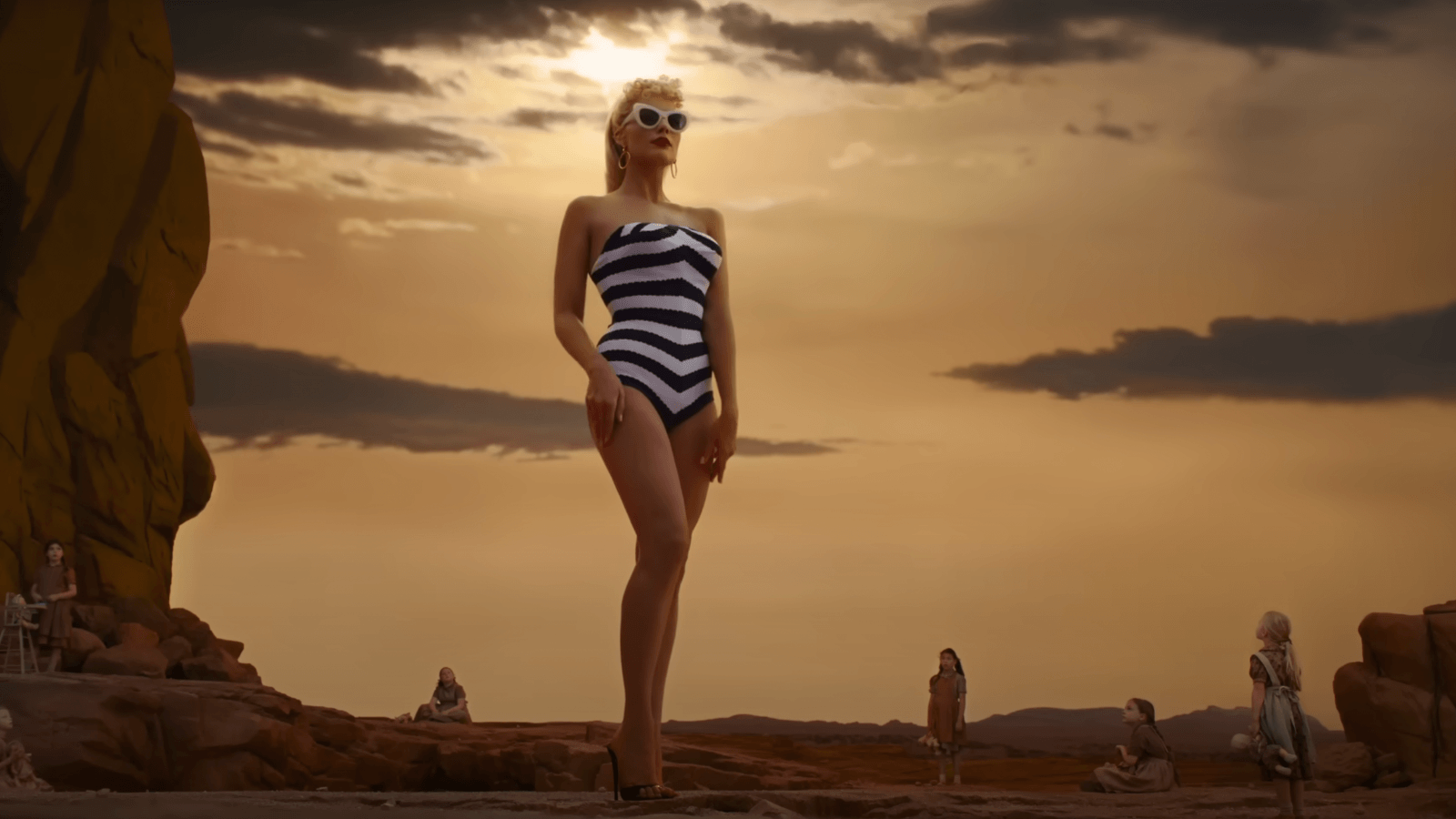3 Marketing Lessons We Learned From Fyre Fest
On December 12th, 2016, Kendall Jenner, Bella Hadid, and countless other social media influencers posted a picture of an orange square to Instagram. Now the emblem of an infamously misleading marketing campaign for Fyre Fest, this guerilla marketing strategy was the brainchild of Jerry Media, the advertising agency borne out of viral Instagram account @fuckjerry, and serial entrepreneur Billy McFarland, the mastermind behind the luxury music festival. Initially, Fyre was conceptualized as an exclusive talent booking app before the pitch evolved into a two-weekend getaway on a private island – a one-of-a-kind experience likened to the first Woodstock. Of course, we now know the venture turned out to be an unmitigated disaster that could be more easily compared to Lord of the Flies. And the viral success of the campaign that powered it only made the fiasco that followed more painful and unexpected.
Here are the marketing lessons we learned from the “best festival that never happened.”
1. Influencer marketing can be a goldmine. But not if you don’t deliver.
Fyre Fest was basically one of those “expectation versus reality” memes come to life. As stated in the documentaries released by Netflix and Hulu, the now-furloughed festival organizers joked that “there were always ‘two’ festivals. The one on the island with the models and influencers, and the one that actually happened.” As marketers, it’s crucial to remember that making big promises and sales must come second to delivering an experience that lives up to customer’s expectations. Otherwise, your wildly effective campaign becomes a public relations nightmare.
2. Social media is a double-edged sword.
By targeting well-connected individuals with established personal brands, Fyre’s marketing team tried to capitalize on the “fear of missing out” (FOMO) effect. That same demographic, however, was just as quick to share their negative experiences and horror stories in real-time on social media and with the press. Instead of chef-prepared meals, attendees posted disheveled cheese sandwiches. Upon arriving at their accommodations, it was apparent FEMA refugee tents had been substituted for the luxe cabanas they’d seen online. The channels Fyre’s marketing team used to promote the festival were the same ones unhappy attendees used to publicly dismantle it – the power flows both ways.
3. In the event of a crisis, own your mistakes immediately and with sincerity.
In marketing materials for the festival, Norman’s Cay – the private island on which Fyre was suppose to take place – was flaunted for supposedly having once been”owned by Pablo Escobar.” The mention of Escobar’s name resulted in a breach of contract. Norman’s Cay had, in fact, been previously owned by drug lord Carlos Ledher, but the island’s owners had specifically told festival organizers not to publicize that. Instead, the festival was forced to relocate last-minute to the nearby Great Exuma island, which is not private. Rather than communicate transparently about this, or taking a moment to consider whether the show should still go on, McFarland scrambled to photoshop images of the Bahamian island to look small and secluded.
In March 2017, only two months before the event, an anonymous Twitter account began exposing certain truths about the festival online. McFarland was pressured to cancel the 2017 event and transfer all tickets to a rescheduled 2018 event. But he refused, and the rest is scam artist history.
Fyre Fest imploded at the intersection of true crime, digital age social phenomena, and the cult of exclusivity. Together, these elements created a platform on which the failures of the festival could be shared not only with gullible millennials, but the entire world.






